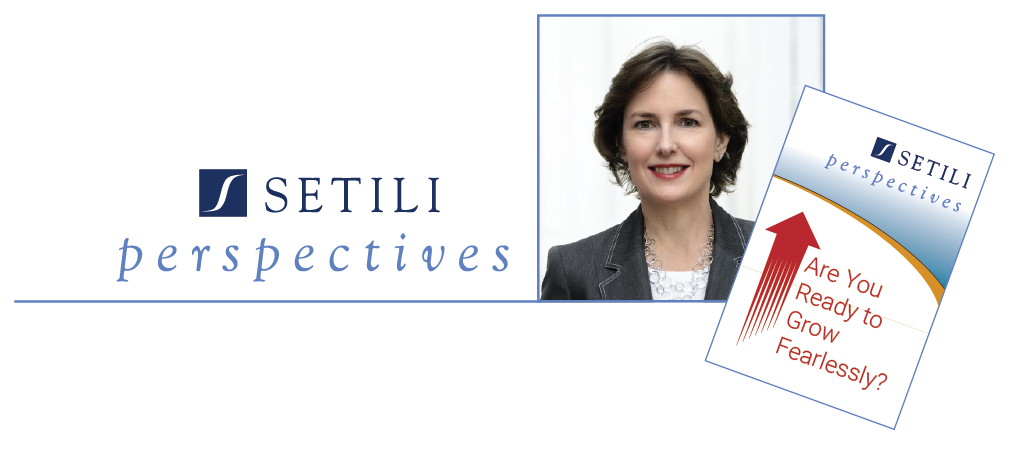Expect friction, pick customers wisely and recognize small wins on the road to new capabilities
When I first tried kite boarding in January, I wasn’t a particularly fast learner. My enthusiasm and persistence, however, were off the charts. Wild crashes and being dragged through the water, gasping for air, only made me more determined.
I’ve tried something new every time I get out on the water, and while my tricks are modest, my learning curve has accelerated.
Similarly, companies who wish to build new capabilities need to keep trying new things.
![]() One organization I worked with sought to improve its marketing prowess, but struggled. “We want to be a marketing powerhouse, but it’s not in our DNA. We don’t wear trendy clothes, or sneakers paired with suit jackets. If we are going to be good at marketing, we need to change our mindset—the way we think, the way we talk to customers, the way we talk to each other, even the way we dress.”
One organization I worked with sought to improve its marketing prowess, but struggled. “We want to be a marketing powerhouse, but it’s not in our DNA. We don’t wear trendy clothes, or sneakers paired with suit jackets. If we are going to be good at marketing, we need to change our mindset—the way we think, the way we talk to customers, the way we talk to each other, even the way we dress.”
This remark shows how hard it can be to grow new capabilities in a well-established organization. The new capabilities you seek run counter-culture to what made you successful in the first place.
In these fast-changing times, however, we need to continuously evolve our strategies. And new strategies often require new capabilities.
You’ll need more than just enthusiasm and persistence. You’ll need a clear vision and plan. I’ve observed that organizations who successfully acquire new capabilities do the following
• Set specific capability goals: Be clear and focused about the new capabilities you want to acquire. For example, one company that I work with would like to develop predictive analytics as a competitive advantage. They will be successful if they are clear about what they would like to predict, using what data, and for whom.
• Recruit new thinkers: Recruit employees who have the capabilities and values that you would like the entire organization to shift toward, and who will be passionately committed to making your vision a reality—and who will accept a few setbacks along the way. I spoke recently with an executive who was recruited into her organization to implement a bold new strategy. As a “new-thinker,” she repeatedly clashed with the old-thinkers in the organization. She persevered, compromised here and there, and acted on every opportunity that came her way to help employees gain new skills and mindsets. Over time, she became highly successful, and helped the organization grow important new capabilities.
• Partner: Choose investors, suppliers, technology partners, and channel partners that can fill capability gaps or that can help you build internal capabilities. One client commented, “We find partners who are highly capable in skills we don’t have, and learn from them over time. They keep growing as we grow.”
• Pick your customers wisely: Attract customers from whom you can learn, and engage them in the process. When a specialty chemical company I worked with wanted to become world-class in food safety cleaning processes, they sought out customers who were similarly committed to continually upgrading this capability. They collaborated with these customers to innovate new formulas, equipment and operating procedures.
• Recognize small wins, and enjoy the process of learning: Spot and shine a light on individuals and teams who show even small signs of progress in growing the new capability. If, for example, you are looking to increase a sales team’s time in front of customers from 40 percent to 80 percent of their time, send them a thank-you note when they achieve a minor improvement—say, to 45 percent. If a manufacturing team is working to improve delivery performance, recognize what they’ve done when they have taken the first step by figuring out how to measure delivery performance more consistently. Do this early and often, and you’ll see desired changes accelerate quickly.
• Create feedback loops: There’s nothing worse than slogging away to learn a new skill, with no feedback to know if you’re progressing. Design natural feedback loops into the work of your company, so that employees can feel and see progress toward their capability goals. I stayed at a hotel recently which was trying to improve its TripAdvisor scores. Whenever a new review was posted, the manager reviewed it with the service staff to see what customers loved about the hotel…and what could be improved. A recent review said: “very sincere and friendly staff. Especially Joyce, who is in charge of the breakfast area..She keeps the food items well stocked, and she is a most courteous, friendly, and helpful person. She always had a smile for everyone! Thank you Joyce!!!” Performance improves fast when there is frequent and specific feedback on progress.
• Restructure for learning: Choose the right organizational structure to meet your capability goals. For example, one company I know gained speed and agility by forming partially autonomous “startups” within the larger organization–freed from the normal corporate structure, the startup gained capability fast.. Another built capability by centralizing a formerly decentralized function, to put greater focus on skill-building in that area. When I was a young engineer at Kimberly-Clark, I was part of a task force of employees from plants all across the company, asked to increase production rates by 15%, with little to no capital investment. By learning together, we built new capability, and created a lasting network of collaborators.
• Expect rough patches: Prepare for the inevitable friction that may occur as your organization transitions from one set of capabilities and values to another. Communicate transparently about the transition, and provide a path for employees to acquire the new skills to succeed.
You can gain capabilities in a variety of different ways—through acquisitions, technology investments, training, recruiting, and developmental career progressions. Develop a vision for what you want to become, and start taking the steps now to get there.
I welcome your thoughts – what works best in your organization? What have you struggled with?
Amanda Setili (@amandasetili) is author of The Agility Advantage: How to Identify and Act on Opportunities in a Fast-Changing World (learn more and read a sample here.) and managing partner of strategy consulting firm Setili & Associates – visit us to engage on this and other posts.



